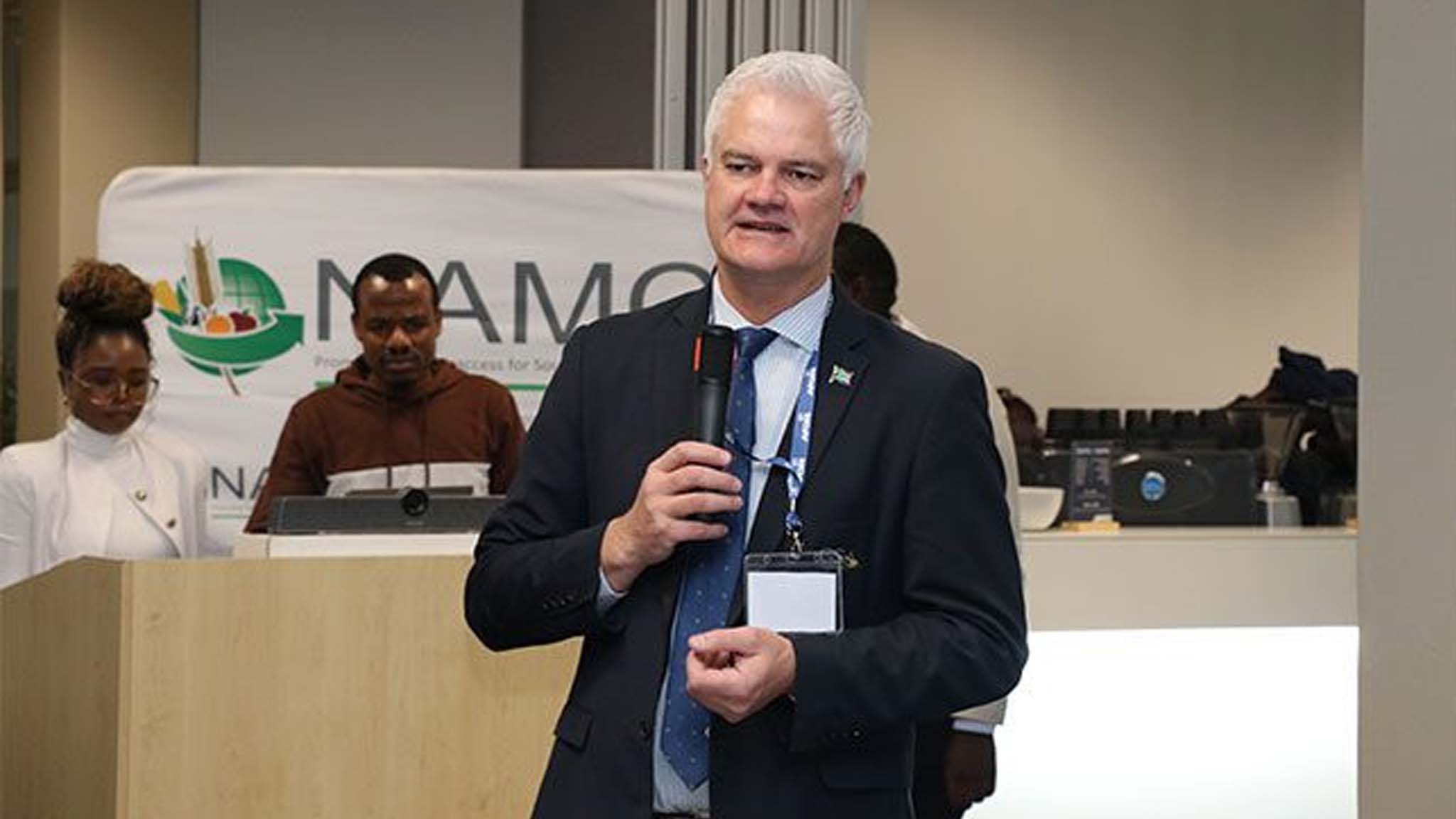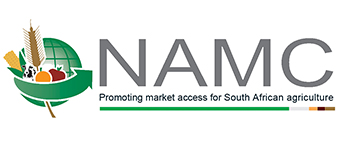 https://www.namc.co.za/wp-content/uploads/2025/07/AAMP-1.jpg
1152
2048
Daniel Rambau
https://www.namc.co.za/wp-content/uploads/2019/08/NEW-LOGO-3.jpg
Daniel Rambau2025-07-22 16:50:052025-07-24 14:33:24GRAIN AND OILSEEDS WORKSHOP SETS STAGE FOR PRODUCTION SCHEMES
https://www.namc.co.za/wp-content/uploads/2025/07/AAMP-1.jpg
1152
2048
Daniel Rambau
https://www.namc.co.za/wp-content/uploads/2019/08/NEW-LOGO-3.jpg
Daniel Rambau2025-07-22 16:50:052025-07-24 14:33:24GRAIN AND OILSEEDS WORKSHOP SETS STAGE FOR PRODUCTION SCHEMESNEWS AND EVENTS

 https://www.namc.co.za/wp-content/uploads/2025/07/AAMP-1.jpg
1152
2048
Daniel Rambau
https://www.namc.co.za/wp-content/uploads/2019/08/NEW-LOGO-3.jpg
Daniel Rambau2025-07-22 16:50:052025-07-24 14:33:24GRAIN AND OILSEEDS WORKSHOP SETS STAGE FOR PRODUCTION SCHEMES
https://www.namc.co.za/wp-content/uploads/2025/07/AAMP-1.jpg
1152
2048
Daniel Rambau
https://www.namc.co.za/wp-content/uploads/2019/08/NEW-LOGO-3.jpg
Daniel Rambau2025-07-22 16:50:052025-07-24 14:33:24GRAIN AND OILSEEDS WORKSHOP SETS STAGE FOR PRODUCTION SCHEMES https://www.namc.co.za/wp-content/uploads/2022/06/Dr-Simphiwe-Ngqangweni-on-AAMP.jpg
1152
2048
Daniel Rambau
https://www.namc.co.za/wp-content/uploads/2019/08/NEW-LOGO-3.jpg
Daniel Rambau2024-07-10 00:00:532025-07-24 14:31:53AGRICULTURE MUST BUILD ON GAINS FROM PREVIOUS ADMINISTRATIONS
https://www.namc.co.za/wp-content/uploads/2022/06/Dr-Simphiwe-Ngqangweni-on-AAMP.jpg
1152
2048
Daniel Rambau
https://www.namc.co.za/wp-content/uploads/2019/08/NEW-LOGO-3.jpg
Daniel Rambau2024-07-10 00:00:532025-07-24 14:31:53AGRICULTURE MUST BUILD ON GAINS FROM PREVIOUS ADMINISTRATIONSContact the NAMC
Call (012) 341 1115
Hillcrest Office Park, 177 Dyer Road, Barbet Place, Ground Floor, Hillcrest, Pretoria, 0083.
info@namc.co.za (Communications Contact) | media@namc.co.za (Media inquiries)

